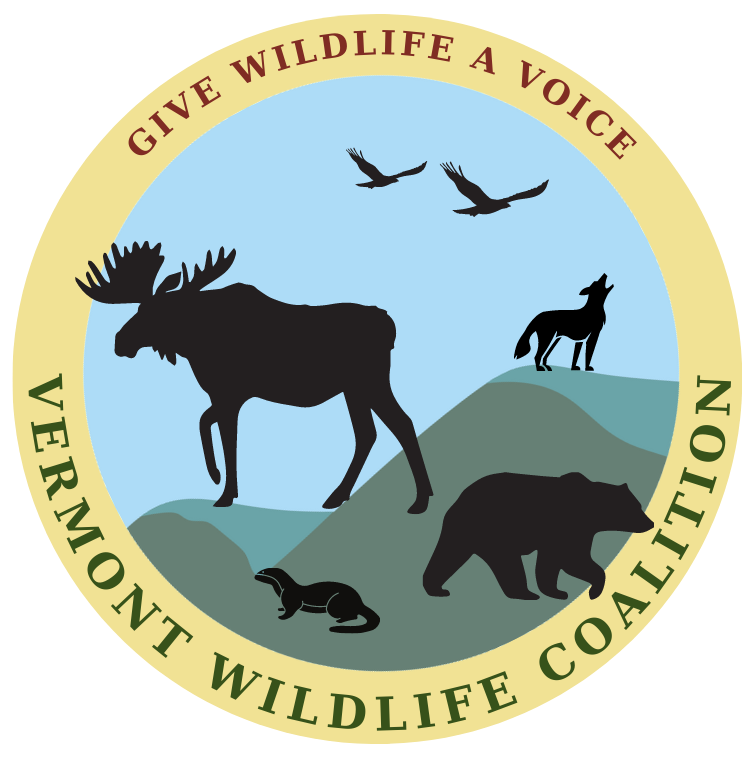by David Kelley
I grew up in a family of five generations of Vermonters. When I was young, I hunted with my father. Later in life, I hunted with a bird dog. I have the deepest respect for those who hunt to feed themselves as opposed to those of us who depend on slaughterhouses, cattle cars and factory farms for our food. The hunters I know hunt with skill, care and respect for the lives they take to feed themselves. Often, the prey is deer from a herd that needs thinning. It will provide a family with venison for a winter.
I love to fish. I love fried eggs and grilled trout on a chilly mountain stream morning. I loved fishing on the New Haven and the Clyde rivers when I was young. Today, I love fishing the Madison in Montana and the Clearwater in Idaho even more.
I am now on the board of the Vermont Wildlife Coalition that has hunters and anglers among its members. Even our board of directors and advisory board includes hunters and anglers, several of whom are multi-generation Vermonters. The coalition has listed its positions clearly on its website for years and also included them in all testimony to the Legislature. Other wildlife groups have done the same. Despite this, the trapping lobby continues to engage in a disinformation campaign right out of an extremist’s playbook calling people like me, who are opposed to recreational trapping, “anti- hunting” and “anti-fishing.” That is sheer bullpuckey.
The vast majority of Vermonters — 68-75% based on surveys by the Fish & Wildlife Department and UVM’s Center for Rural Studies — want to restrict recreational wildlife trapping where, in Vermont, 9,000 animals a year, like bobcats, otters and foxes, can suffer in traps for an entire day or die horrible deaths in so-called “quick-kill” traps. And it is not only targeted animals who suffer. Ask the Vermont dog owner whose dog was killed in December if watching her dog die in her arms was quick. Taking your dog on a walk on a public trail should never end in such a tragedy. According to trapper-reported data, 13 dogs and cats were caught in traps in 2022. That number is likely much higher.
There is a reason trapper lingo includes “SSS” as a common acronym. It stands for “Shoot, Shovel and Shut-up,” which is likely what happens to many accidental catches, including owls, hawks, eagles, turtles, domestic pets and any other hungry animal unfortunate enough to catch the scent of a trap baited with meat. Each trapper can have unlimited traps out on the landscape, including next to public trails, and catch an unlimited number of animals. The coalition’s position is trapping should be done only when necessary to protect property, for public health and safety, or for conservation. It should not be done as a recreational pursuit.
What does recreational trapping have to do with fishing or hunting? Nothing. The trapping lobby is simply trying to drag respectable hunters and anglers into the muck with them.
They have even resorted to calling themselves social justice victims. That bull is just too ridiculous to address. Restrictions on a recreational pursuit are not a social injustice issue. That is insulting to those groups who have faced real injustice based on innate features, such as skin color. Allowing recreational trappers to mine and extract unlimited and valuable public resources while creating intense suffering that, were it done to any other animal would be felony abuse, is beyond privilege. It is something that needs to go the way of dogfighting and other “traditions” that have no place in a civilized society.
Dave Kelley lives in Greensboro and is the Vice Chair of the Vermont Wildlife Coalition.




